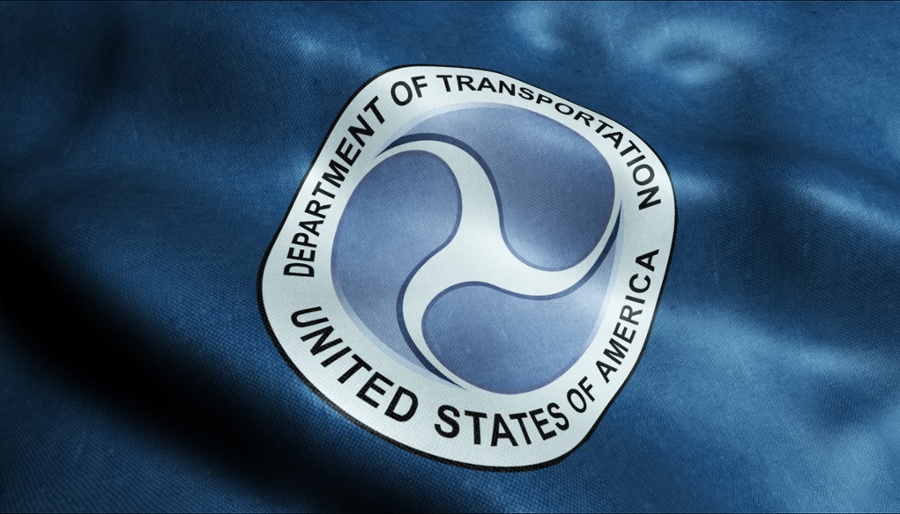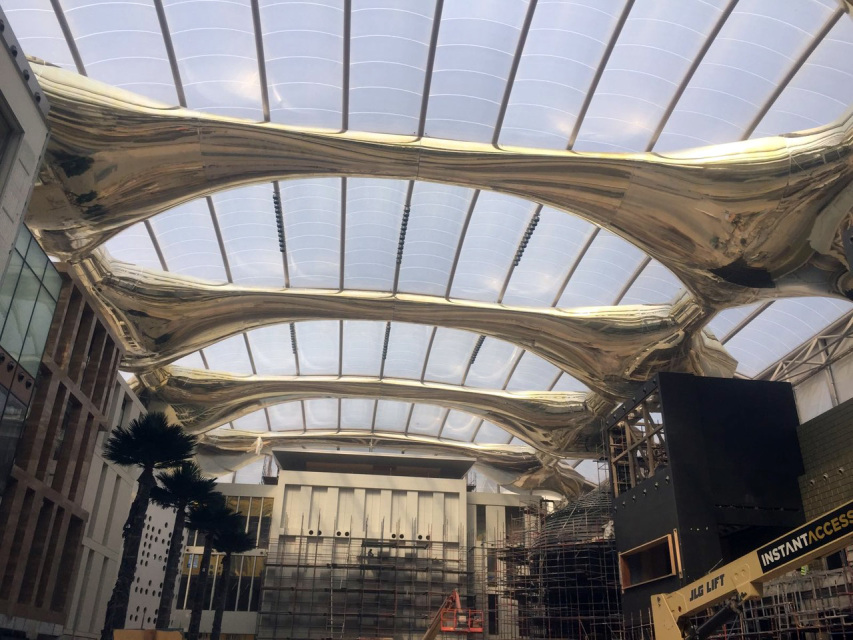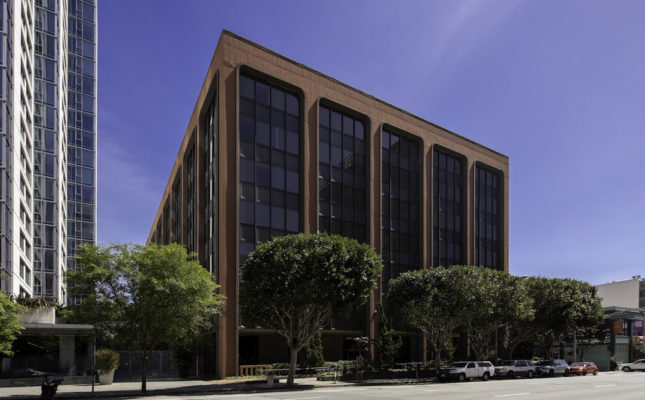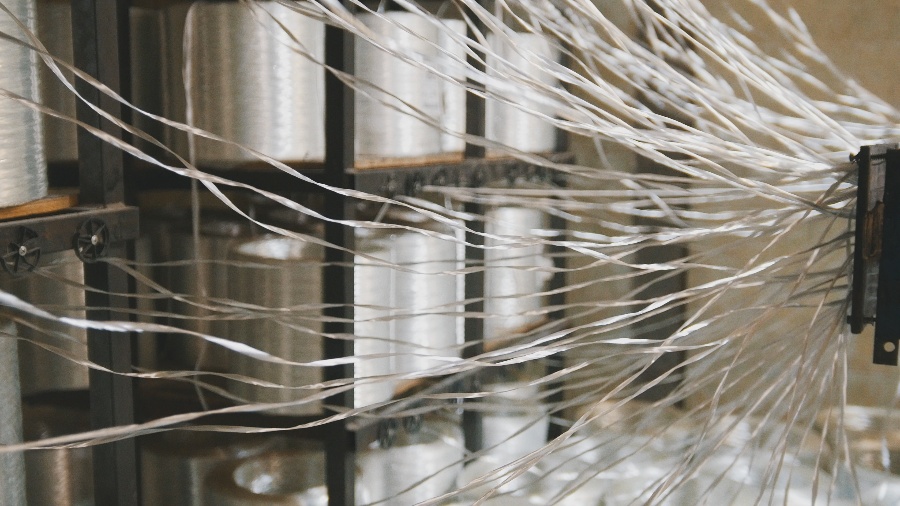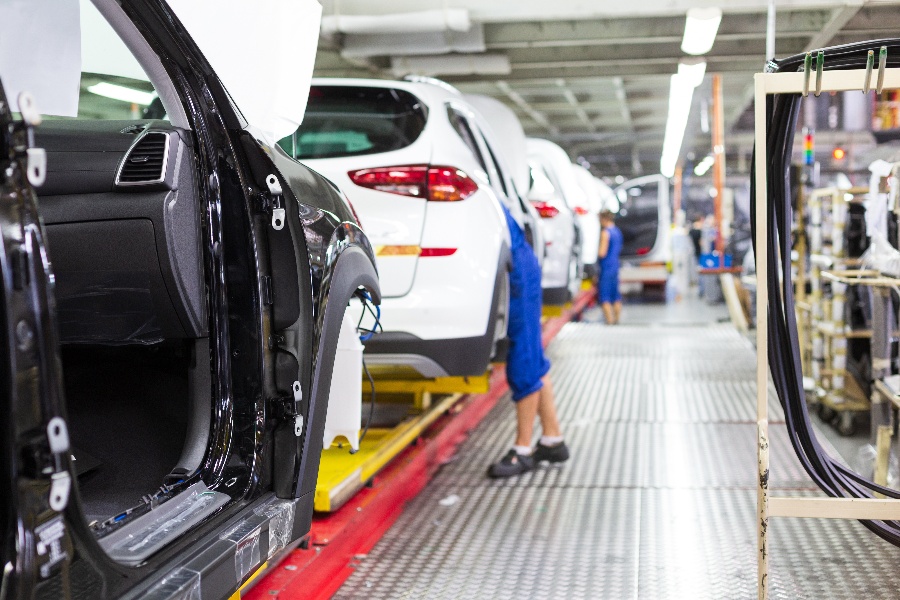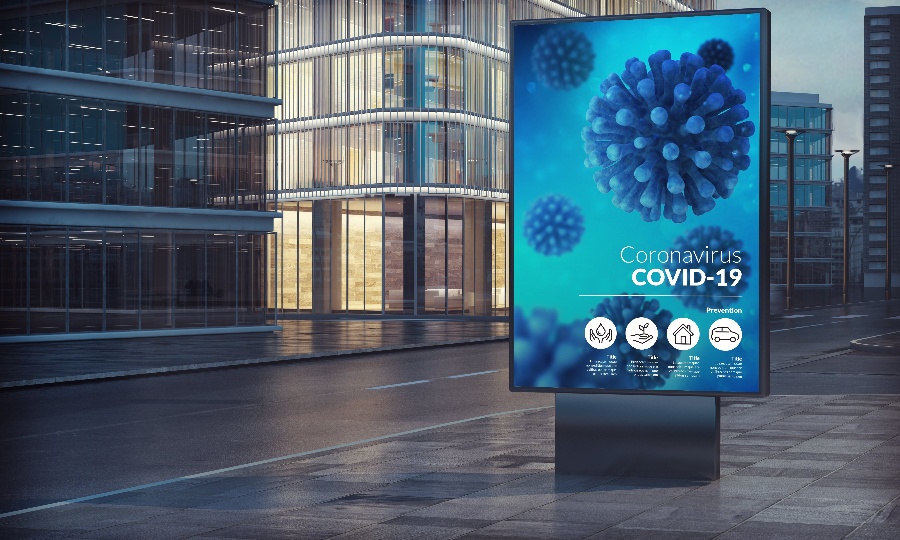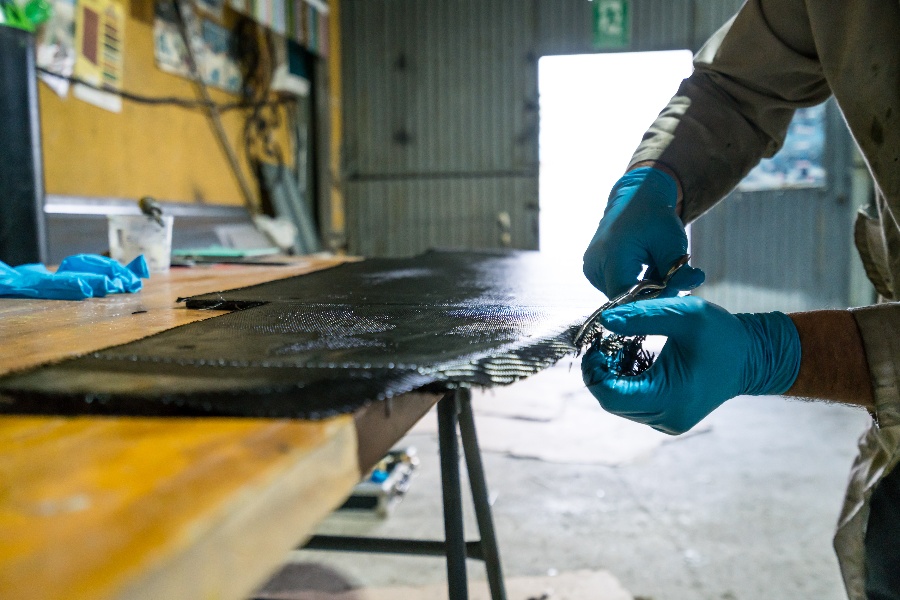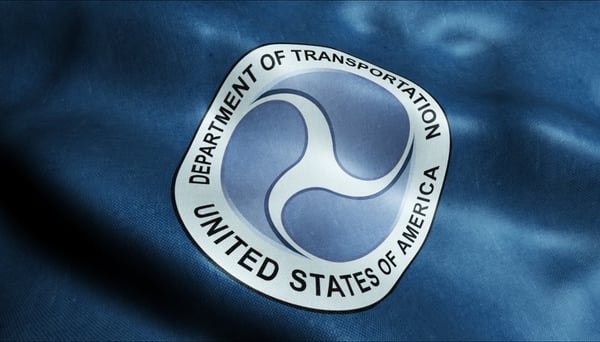
The commercial use of fiber reinforced polymer (FRP) composites first began in the 1960s.
Even though six decades have passed and many breakthroughs in the field of pultruded products have been made, many industries are just now beginning to explore the possibilities of incorporating FRP composites in their projects.
Take the U.S. Department of Transportation (DOT) for example. This federal branch has begun testing the structural strength and tensile properties of pultruded products at Gateway Research Park in Greensboro.

Pic Credit: Greensboro.com
A New Testing Site
In an effort to make the design lightweight, cost-efficient vehicles, the United States Department of Transportation (DOT) has turned to FRP composite research.
The days of all-American steel vehicles have long passed, and now the government is working on FRP composites to create vehicles that are more durable and have longer lifespans.
Working with the DOT’s Volpe National Transportation Systems Center, the new testing facility will begin their studies sometime in July.
Spearheaded by Jim Westmoreland, the former Greensboro city manager and current interim executive director at Gateway Research Park, the research team will not only perform tensile and strength tests, but they will also be able to perform chemical, physical, and analytical product testing.
This cuts down on the amount of outsourcing the DOT has to do in order to get their products on the market.
Tanks and Heavy Machinery
Conducting thorough research for cargo tank vehicles, the team will also be testing flexibility and resistance to impact. As you can probably imagine, building tanks is a tedious process.
Tanks are armored and traditionally made of steel and other heavy-duty metals. However, steel has many issues that make it less suitable for use in transportation than FRP composites.
For starters, steel is conductive. Although it has a relatively high melting point, it can still be damaged by heat. It’s expensive, and it’s also susceptible to damage from chemical exposure, water, and corrosion. All of these things can lead to the steel tanks weakening over time.
These issues can also lead to expensive maintenance and repair costs. FRP composites are non-conductive and resistant to damage from heat, electricity, chemicals, exposure, water, impact, and even insect damage. It might sound too good to be true, but it’s not.
These are the findings we expect the Department of Transportation to make once their own tests have been concluded.
More Issues with Steel
Steel is not only heavy, bulky, conductive, and susceptible to various types of damage, but it also requires special skills to make repairs.
Engineers with welding experience are needed in order to make the appropriate repairs on steel vehicles, which can lead to an extended period of time in which the vehicles are out of commission.
On the other hand, FRP composites are lightweight, non-conductive, resistant to various forms of damage, and can be easily installed where needed. Manufactured into manageable parts, they are also easier and cheaper to transport to a job site.
FRP Composites in Vehicles
Recently, General Motors Corporation (GMC) unveiled its latest breakthrough in the world of FRP composites with the invention of the curved pultruded bumper. Fitted onto the back of the legendary Corvette Stingray, this new curved FRP composite rear bumper makes the case that pultruded products can be used in vehicles.
This particular piece is made up of 60% carbon fiber and 40% resin. Although this ratio will mostly vary for the use in military tanks, it’s a start in the automotive industry for pultrusion.
Pultruded Products in the Military
If you’ve heard of a bulletproof vest, then you have heard of pultruded products in the military whether you were aware of it at the time or not. The fiber used in bulletproof vests is known as aramid.
This strong, synthetic fiber is highly resistant to heat, and it is commonly used throughout the ballistic and protective gear and aerospace industries. You might also refer to it as ballistic-rated body armor fabric. It has a melting point of 932°F (500°C), and is resistant to abrasion and organic solvents.
Perfect for use in protective gear for military and police, this is an application where growth is expected at a compound annual growth rate (CAGR) of 4% up to 2025.
Fiberglass Composites
The most commonly used fiber in FRP composites is glass. At first glance, glass may not seem like a fiber. However, when it is used to reinforce strips of plastic that have been woven together, it can create an unbreakable bond.
This is the fiberglass material. Once these reinforced fibers are pulled through a bath of liquid resin, they can be shaped and cured into just about anything you want.
Already used in numerous applications around the globe such as boats, vehicles, buildings, bridges, aircraft, sporting goods, and even the utility sector, FRP composites should be able to make the jump that the U.S. Department of Transportation is looking for.
Use in commercial vehicles and tanks is not an unachievable goal. In fact, it will not be a surprise when the DOT decides to start using FRP composites in their modes of transportation. We will simply ask, “What took you so long?”
Producing FRP Composite Tanks
After the testing phase has concluded, the DOT will be able to standardize permitting for the FRP composite manufacturing process for tanks.
Using the research gathered by the Volpe Center and their own data, DOT will be able to produce durable, affordable tank vehicles for the United States.
Getting to Know Tencom
Our experts have been in the industry of FRP composites for over 22 years. We specialize in fiberglass composites, and we can create a wide range of products for use in many different sectors.
Sporting goods, window reinforcements, driveway markers, tree stakes, angles, bars, channels, poles, and rods are all products that we make regularly.
We can even customize your pultruded products with specialty resins depending on the type of application. Whether you need color-coded pieces or enhanced resistance to fire, we’ve got you covered. Just get in touch with our experts here at Tencom today.

